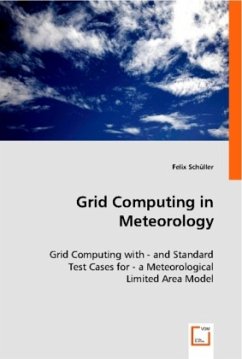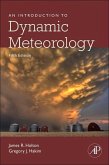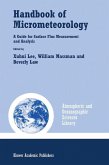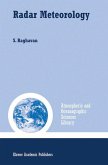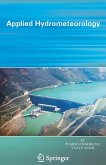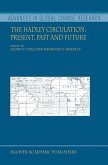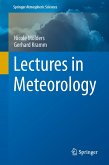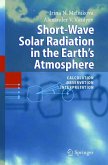This book concentrates on two aspects of numerical, meteorological limited area models. One is their implementation on the computing platform Grid. The second evaluates the adequacy of the numerical formulation of different parts of the model. Grids interlace different organizations to reach the common goal of an efficient high performance computing environment. The project MeteoAG, embedded in the national project AustrianGrid, establishes a workflow to be executed in Grid environments. MeteoAG aims at the high performance computing part of Grids. It produces a high resolution reanalyses precipitation database of past heavy precipitation cases in the Austrian Arlberg region. In the second part, a set of seven test cases is used to check different areas of the numerical representation of an atmospheric model. The tests are implemented according to basic principles as easy evaluation, easy configuration and a comprehensive range of tested model aspects. Each case includes a proposed reference solution, and is applied to the limited area model RAMS. The book aims at scientists and users in the fields of meteorology, applied computer science and computational fluid dynamics.

